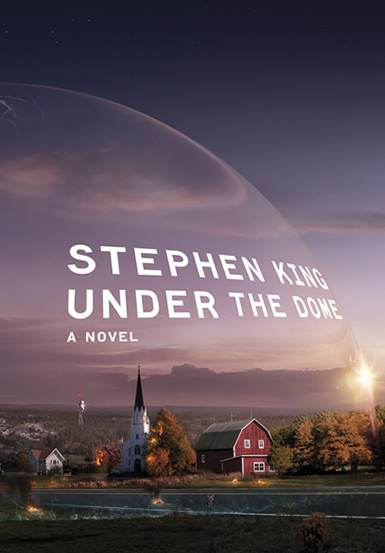The book is by John Cornwell, an English author most famous for Hitler's Pope (1999), a somewhat controversial (to put it lightly) work that contends that Pope Pius XII did not do enough to stand up to Nazi Germany during the Second World War.
Hitler's Scientists presents a detailed description of the state of science in Germany in the decades surrounding World War 2. Such varied fields as medicine, biology, racial "science," physics, and conventional weaponry are discussed, always in light of the prevailing political climate of Nazi Germany. Two areas of research, the nuclear program under Werner Heisenberg and the rocket program headed by Wernher von Braun, receive special attention due to their importance (or seeming importance, anyway) for the German war effort and their consequent impact on the Cold War. The final chapters of the book examine how the ethical legacy of the Nazi scientists should temper the behavior of the scientific community in the present day.
It becomes clear that a hallmark of German science and technology development during the Nazi period is its highly fragmented nature. Hitler encouraged infighting (whether deliberate or through unskillful management) between the various personalities, cliques, and groups which constituted his government. As a result, many small groups were often working toward the same goal under different auspices with no knowledge of one another (let alone the science). Compare this to the centralized nature of the Manhattan Project and its policy of information sharing, and it is no wonder the Allies were able to win the race to an atomic weapon (remember, it wasn't until the very end of 1944 that the Allies conclusively knew that Germany did not have the capability to build an atomic weapon).
Alongside the historical account, Cornwell poses his central thesis. Namely, can science be free from the taint of politics? Should scientists consider their work within a vacuum or are they obligated to examine the possible consequences of their research? From the subtitle of the book, I think you can easily surmise that Cornwell absolutely rejects the idea that scientists are not responsible for the ultimate outcomes of their work.
Another interesting question raised by Cornwell is whether science in a totalitarian society inherently differs from that pursued in a democracy? Is a democracy better equipped to conduct science in an ethical manner or handle the resulting technologies in a more responsible manner? A number of incidents (e.g. the use of the atomic bomb, the Tuskegee syphilis experiments) suggest that this might not be the case.
For dealing with what some might consider a fairly dry subject, I found the book extremely easy to read--in fact, it was a real page-turner. I would recommend Hitler's Scientists to those who have an interest in the impact science can have on world at large.










